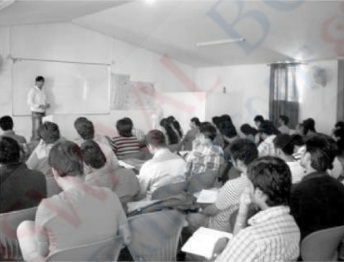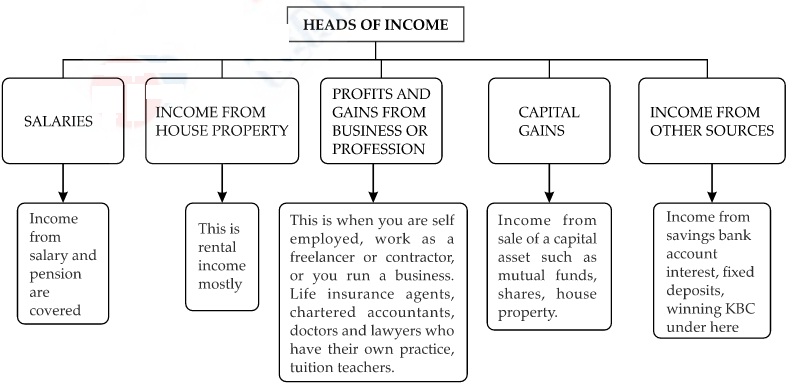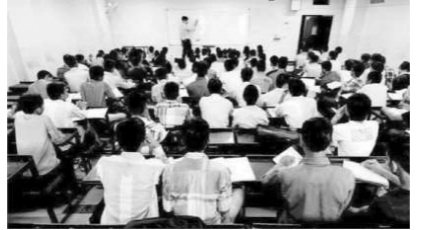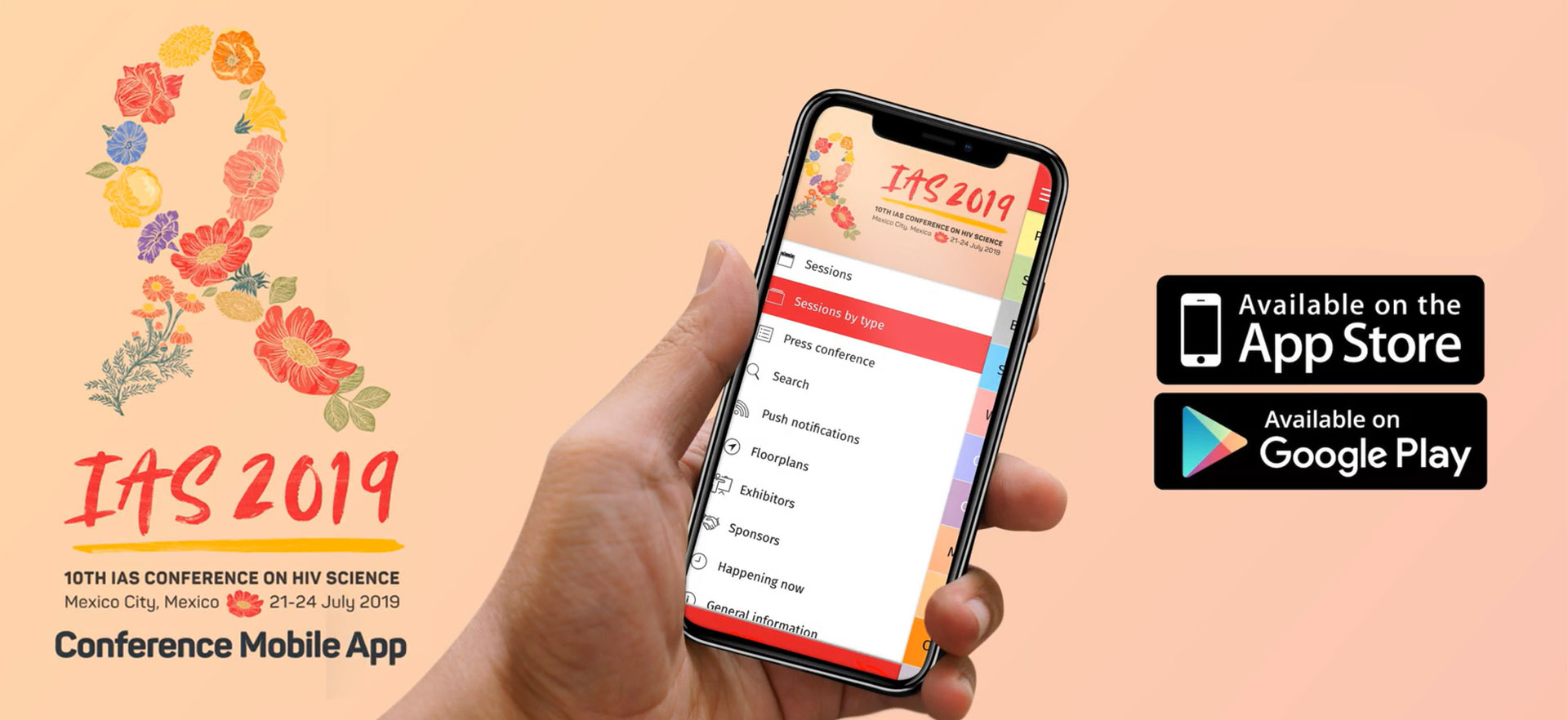Class 11th Applied Mathematics - Basics of Financial Mathematics Case Study Questions and Answers 2022 - 2023
By QB365
QB365 provides a detailed and simple solution for every Possible Case Study Questions in Class 11 Applied Mathematics Subject - Basics of Financial Mathematics, CBSE. It will help Students to get more practice questions, Students can Practice these question papers in addition to score best marks.
QB365 - Question Bank Software
Basics of Financial Mathematics Case Study Questions With Answer Key
11th Standard CBSE
-
Reg.No. :
Applied Mathematics
-
Roshan invested RS. 50000 in bank at the rate of 10% per annum compounded annually.

On the basis of this information, answer thefollowing questions:
(i) What will be the interest for the first year ?(a) 3800 (b) 2500 (c) 2800 (d) 5000 (ii) What will be the interest for the second year ?
(a) 5900 (b) 4500 (c) 5500 (d) 5800 (iii) The difference between the simple interest and compound interest for the first year is
(a) 500 (b) 100 (c) 0 (d) 50 (iv) The difference between the simple interest and compound interest for first two years is
(a) 100 (b) 800 (c) 300 (d) 500 (v) After three years, how much amount Roshan will get on the given rate of interest compounded annually ?
(a) 17550 (b) 16550 (c) 15550 (d) 16450 (a) -
In XI standard, teacher was discussing the concept of Future Value of Annuity Regular. During his class, he discussed the following few points on this: Rs. 500 was invested in annuity (future value regular) for 10 years at the rate of 14% compounded annually.

On the basis of the above information, answer the following questions:
If C.F. be the periodic payments, (cash flow in each period), the future value F. (n,i) of the annuity is given by:
Future value (F.V.) of an Annuity
\(=\text { C.F. }\left[\frac{(1+i)^{n}-1}{i}\right]\)
(i) What will be the future value of annuity at the end of two years ? Given that (1.14) 2 = 1.2996.(a) 1050 (b) 1020 (c) 1070 (d) 1080 (ii) What will be the future value of the annuity after 3 years ? Given that (1.14)3 = 1.4815
(a) 1719.64 (b) 1788.48 (c) 1725.64 (d) 1750 (iii) What is the approximate difference between the future value of the annuity for five years and three years ? Given that (1.14) 5 = 1.925.
(a) 1585.25 (b) 1585.93 (c) 1560.75 (d) 1595.25 (iv) What is the difference between the profit earned by future value of the annuity for two years and the RS. 1000 invested compounded for two years with the same interest rate ?
(a) 250.8 (b) 229.6 (c) 228.9 (d) 220.5 (v) If the person invested the same amount for three years in future annuity and if he invest the same amount in compound interest, then what will be the difference between the profits he earned from two investments ?
(a) 1009.56 (b) 1008.87 (c) 1008.10 (d) 1007.78 (a) -
In a coaching institute of Chartered Accountant, income tax topic was discussed. In the class following topics were covered.


On the basis of the above information a case was given to students. There were five persons A, B, C, D and E having different income sources. 'A' was having doing job and he was also having rental property from which he was getting rent, 'B' have two big houses and he was getting rent from it. 'C' was not doing any job but he sold one of his house during the current financial year. 'D' was a freelancer and self employed and E have savings on which he was getting interest from bank and also won lottery during the current financial year.
On the basis of this information, answer the following questions:
(i) A’s income will come under which heads of income ?(a) salaries (b) income from house property (c) profits and gains from business (d) both a and b (ii) B’s income source will come under which heads of income ?
(a) salaries (b) income from house property (c) profits and gains from business (d) capital gains (iii) C’s income source will come under which heads of income ?
(a) salaries (b) income from house property (c) profits and gains from business (d) capital gains (iv) D’s income source will come under which heads of income ?
(a) salaries (b) income from house property (c) profits and gains from business (d) profits and gains from business or profession (v) E’s income will come under which heads of income ?
(a) salaries (b) income from other sources (c) profits and gains from business (d) capital gains (a) -
In XI standard, teacher was giving lecture on GST topic. Following points were discus sed on this topic.

Goods and Services Tax (GST)
GST is known as the Goods and Services Tax. It is an indirect tax which has replaced many indirect taxes in India such as the excise duty, VAT, services tax, etc. The Goods and Services Tax Act was passed in the Parliament on 29 th March 2017 and came into effect on 1 st July 2017.
In other words, Goods and Services Tax (GST) is levied on the supply of goods and services. Goods and Services Tax Law in India is a comprehensive, multi-stage, destination-based tax that is levied on every value addition. GST is a single domestic indirect tax law for the entire country. In order to address the complex system in India, the Government introduced 4 types of GST which are given below.
(i) CGST (Central Goods and Services Tax): levied and collected by Central Government.
(ii) SGST (State Goods and Services Tax): levied and collected by State Governments/Union Territories with Legislatures.
(iii) UTGST (Union Territory Goods and Services Tax): levied and collected by Union Territories without Legislatures, on intra-state supplies of taxable goods and/or services.
(iv) IGST (Integrated Goods and Services Tax): Inter- state supplies of taxable goods and/or services are subject to Integrated Goods and Services Tax (IGST). IGST is the total sum of CGST and SGST/ UTGST and is levied by Centre on all inter-state supplies.
Intra-state means: Supply within the same state. In case of intra-state sale of goods/services, or both If GST rate is 18%, then
CGST = 9% of Sale price
SGST = 9%of Sale price
IGST = 0
Inter-state means : Supply from one state to another state.
In case of inter-state of goods or services or both
If GST rate is 18%, then
IGST = 18% of Sale price
Discount is never allowed on amount including GST.
On the basis of the above information, answer the following questions:
(i) Integrated Goods and Services Tax is applicable when(a) Sold in Union territory (b) Sold from one GST dealer to another GSTdealer (c) Sold within a state (d) There is inter state supply (ii) SGST is applicable when
(a) Goods are sold within a state (b) Goods are sold from one GST dealer to a customer (c) Goods are sold by a GST dealer to another GST dealer (d) Inter state supply (iii) Tax levied on sales of goods by business man B in M.P. only, will come under
(a) SGST (b) CGST (c) IGST (d) none of these (iv) If business man A runs his business and sells his product in Maharashtra then which tax will be applicable
(a) SGST (b) CGST (c) IGST (d) none of these (v) Business man B has given discount on GST, this statement is
(a) false (b) true (c) data insufficient (d) none of these (a)
Case Study
*****************************************
Answers




























